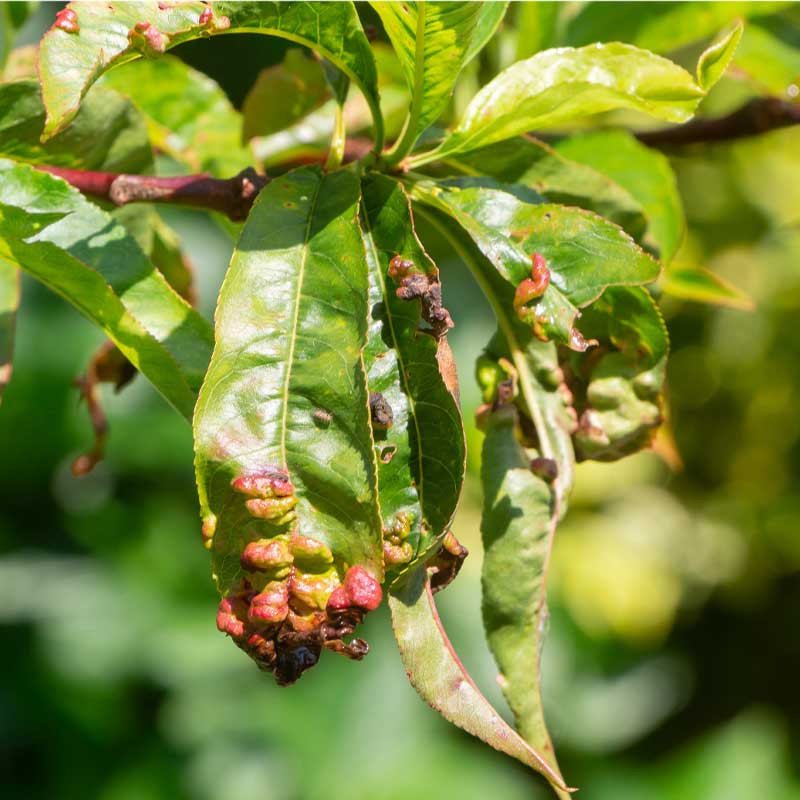Leaf curl is a common fungal disease that affects various fruit trees, particularly peach and nectarine trees. This disease, caused by the fungus Taphrina deformans, can significantly impact the health and productivity of your trees if not managed properly. Understanding the life cycle of the fungus and the importance of precise spraying can help in effectively controlling this disease.

The Life Cycle of Leaf Curl Fungus
The leaf curl fungus hibernates during the hotter months of summer. It becomes dormant when temperatures consistently exceed 30°C (86°F). As the temperature drops below this threshold in late summer to early autumn, the fungus becomes active again. It infects new growth as buds swell and break, making early spring a critical time for intervention.
The Importance of Timing in Spraying
Many gardeners spray their fruit trees with a fungicide during winter as a precautionary measure. While this can help reduce the initial load of the fungus, the most crucial time to spray is at the pink bud stage. This is when the buds are beginning to show colour but have not yet opened. At this stage, the fungus is actively trying to infect the new growth, and a well-timed spray can significantly reduce the risk of infection.
Why Liquid Copper is More Effective
When it comes to fungicides, liquid copper is significantly more effective than copper powder. Liquid copper adheres more uniformly to the buds, providing better coverage and protection. In contrast, copper powder can be blotchy when sprayed, leading to uneven coverage. Imagine trying to water a plant with a clogged sprayer – it doesn't work well. The same applies to copper powder, which can leave areas of the plant unprotected, allowing the fungus to take hold.
Best Practices for Spraying
- Timing: Monitor your trees closely as they approach the pink bud stage. This stage can vary between trees, even those in close proximity. One tree may be ready a week earlier than another, so precise timing is essential.
- Application: Use liquid copper fungicide and ensure thorough coverage of all buds. Follow the manufacturer's instructions for the correct dilution and application method.
- Weather Conditions: Choose a calm, dry day for spraying to ensure the fungicide adheres well and is not washed off by rain or blown away by wind.
- Repeat Spraying: While the pink bud stage is the most critical time to spray, consider an additional application during the dormant season as a precaution.
Conclusion
Managing leaf curl requires understanding the fungus's life cycle and the importance of precise timing for fungicide application. By using liquid copper at the pink bud stage, you can significantly reduce the risk of infection and protect your fruit trees from the damaging effects of leaf curl. Remember, careful monitoring and timely intervention are key to maintaining the health and productivity of your orchard.

